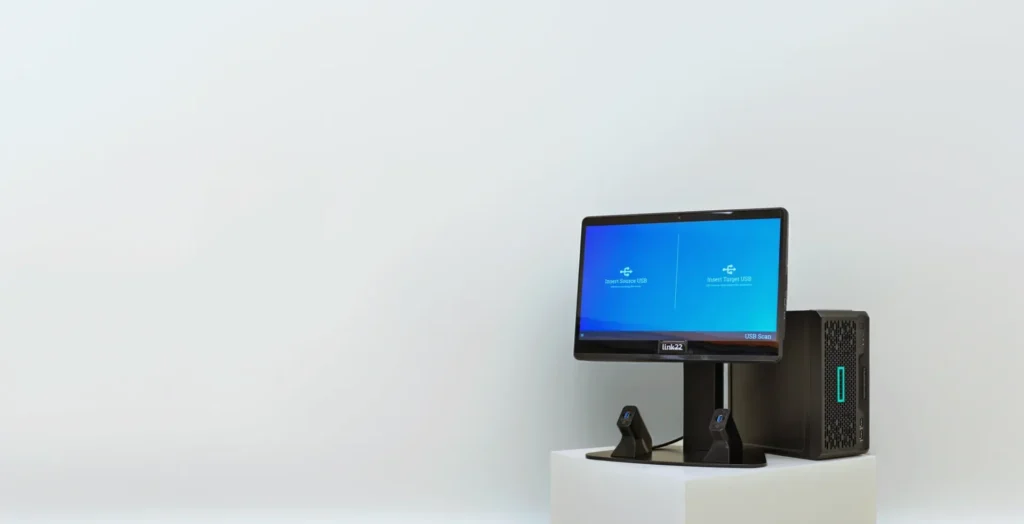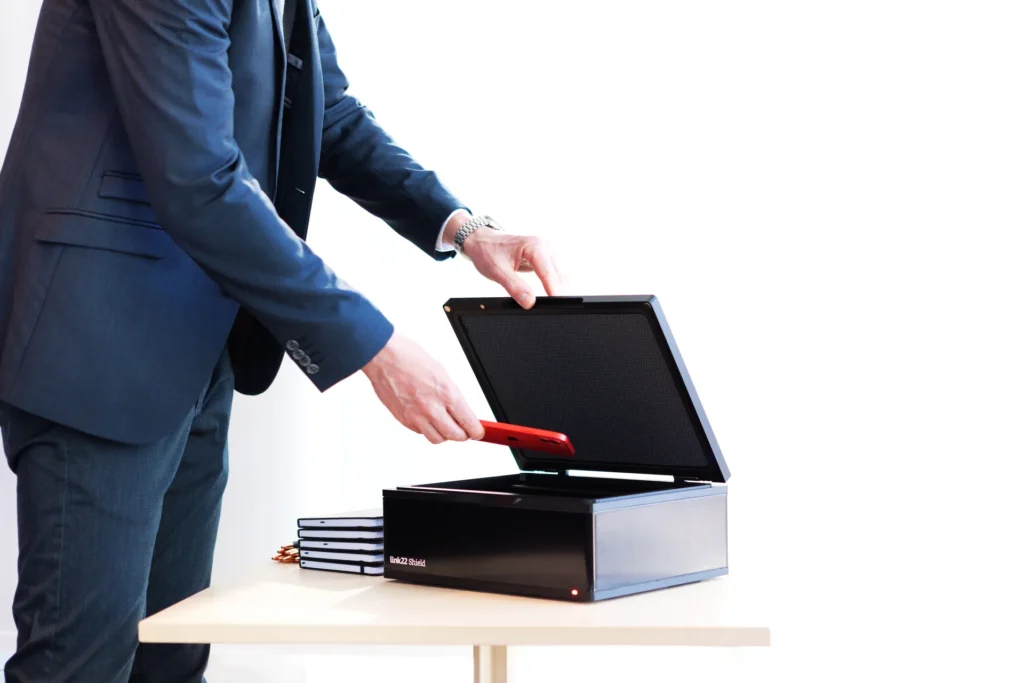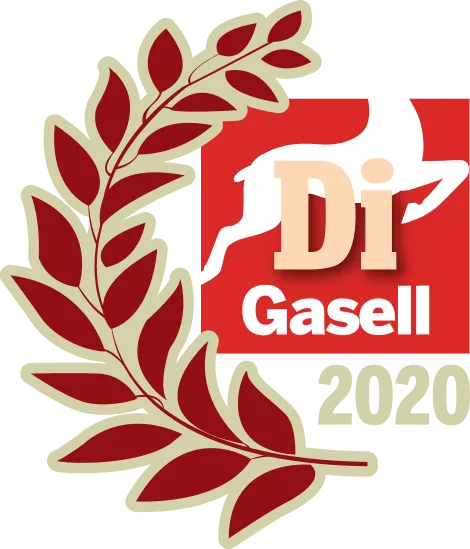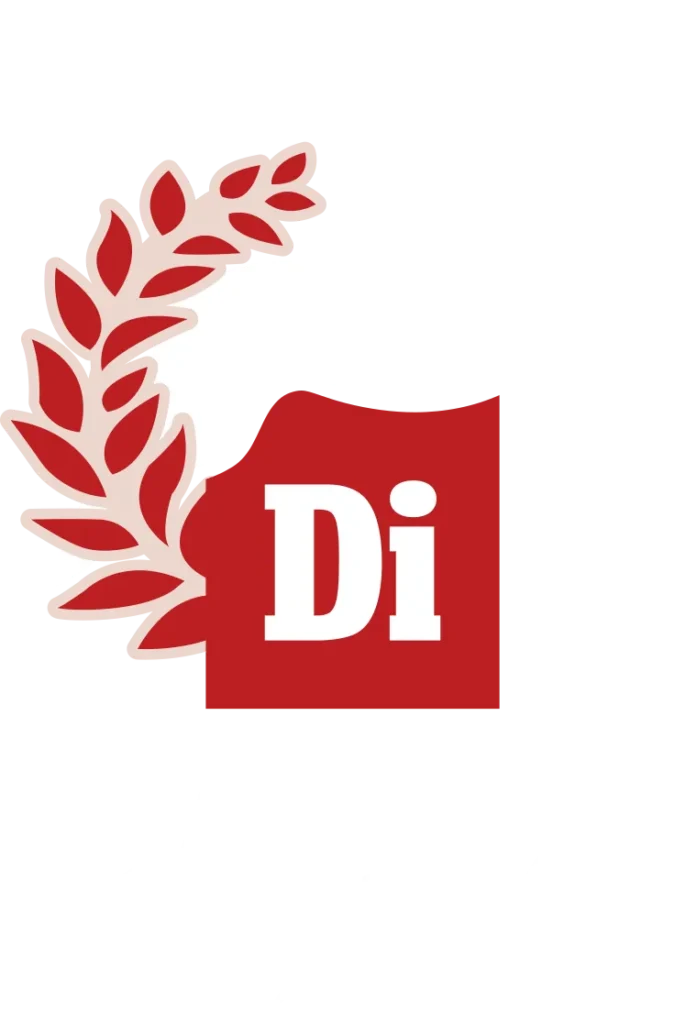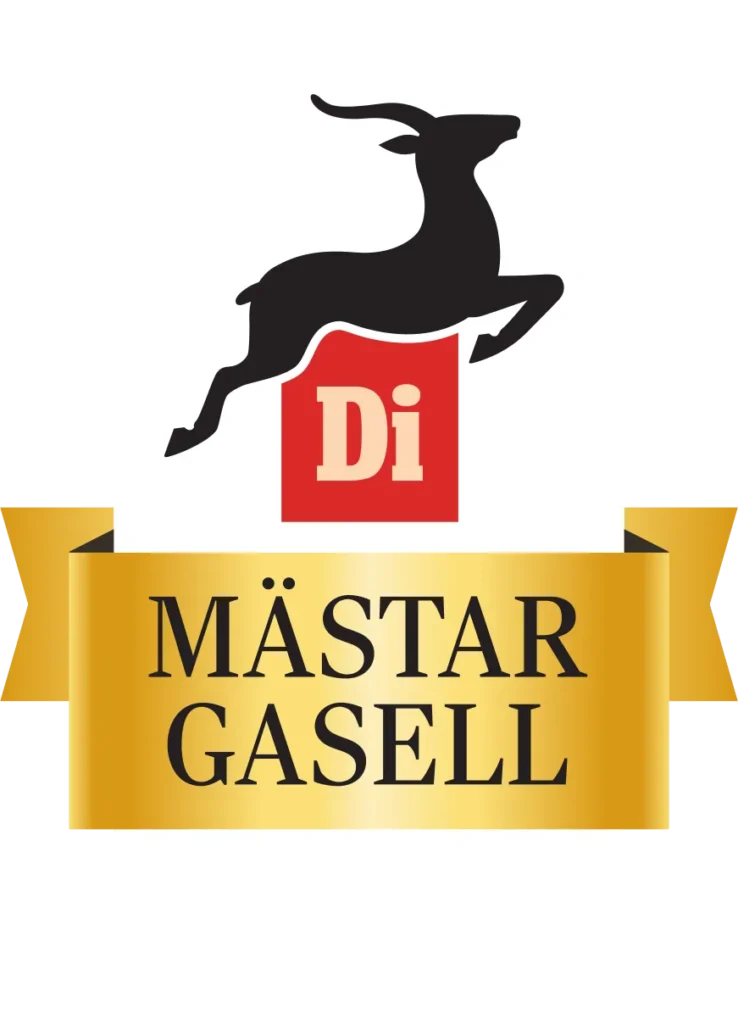About the NIS directive
(The Directive on security of network and information systems) The purpose of the NIS directive is to heighten the security levels for critical infrastructure in the European Union.
link22 and the NIS Directive
The NIS Directive affects each company and organization differently, there is no one-size-fits-all solution to meet the requirements and stay efficient. It can be hard to assess whether or not the NIS Directive affects your company at all. We have helped governments, organizations and companies with challenges like this for 16 years and can be of use in many ways. It can seem complicated to determine what this means for you; what are you obliged to do or not to do? If you are unsure about this we suggest that you book a demo with us where we make an assessment together. Based on your situation we reason together and specify what you need to do to meet the new requirements and most importantly to secure what’s valuable in your possession.
What does the term “directive” mean in this context?
Why does the NIS directive exist?
Digitalization gave rise to NIS and NIS2
The number of hacker attacks from criminal organizations and nation states has increased significantly. Attacks are more sophisticated and so are the motifs. Hackers are not just in it for money, elections and national security is also at stake. Cyberwar is a fact. There is good reason to prevent and prepare for attacks to keep critical infrastructure intact. The NIS and NIS2 directive is ultimately meant to serve european citizens.
The NIS directive affects certain industries
The NIS directive means generally stricter security requirements around information security. Concerned entities must consider people, process and technology when securing information. They need to classify information and systems. These entities must also prepare for the eventualities that an attack may lead to and specify action plans to increase resilience. Continuous knowledge gathering by incident reporting is mandatory with the purpose of always becoming more prepared. Companies and organizations are expected to direct their NIS-related actions towards network and information-systems.
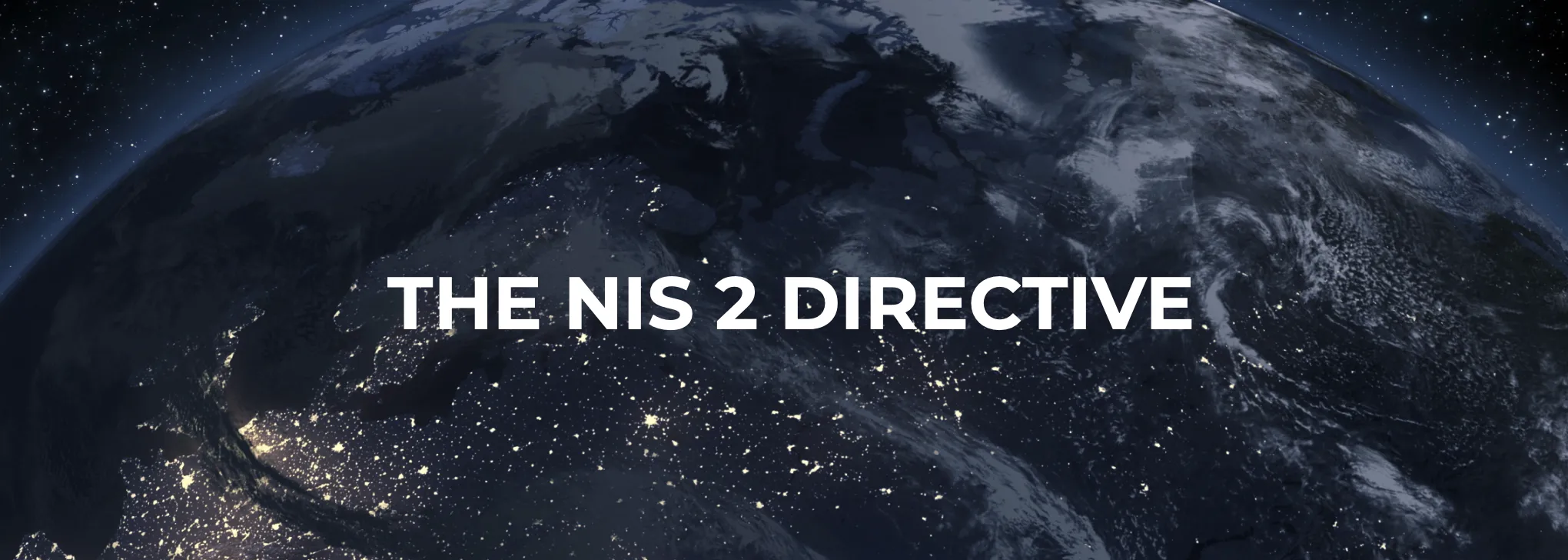
To oblige - and benefit by the NIS-directive
The NIS-2 directive to improve the NIS directive
Identified weaknesses
- European companies do not have sufficient ability to defend themselves against cyber attacks
- European companies do not have sufficient ability to stay operational during a cyberattack
- European companies do not have sufficient ability to return to normal functionality after a cyberattack
- Some sectors and states are significantly stronger than others, the European digital landscape has obvious weaknesses
- The cyber threat awareness among EU member states is low
- There are no common crisis management practices regarding cyberattacks within the EU
Improvements through the NIS 2 Directive
- New sectors have been added
- Increased minimum security and reporting requirements
- Stricter supervisory measures for nation authorities
- Stricter compliance requirements for nation authorities
- Administrative fines has been made possible
- Increased cooperation and increased information sharing between Member States’ authorities



